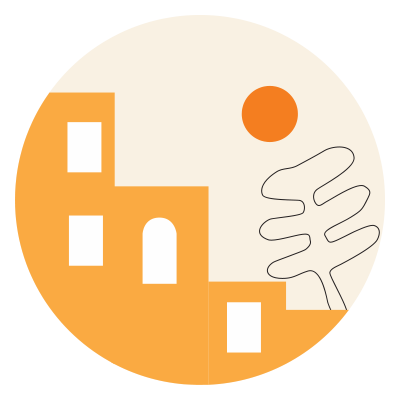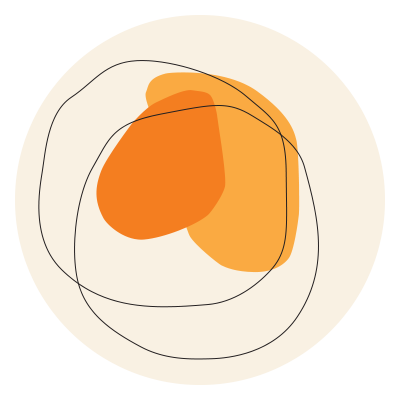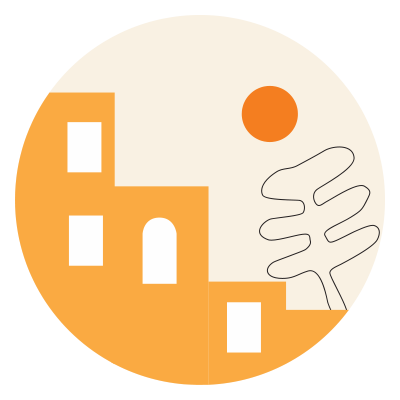Why 4e methodology was created?
Our appearance, i.e. belonging to a specific social group, gender, behavior, physical or mental limitations often exclude us from a given space. In effect, it is the force that determines these laws. The rest has to adapt. And it is this "rest" that this research and project is about. This "rest" is a group that is not a heterosexual, tall, white and finally able-bodied man. This "rest" is about 70% of the population. The "adjustment" syndrome has always accompanied us. We adapt to the space in which we live. We have become so used to it that we have stopped even noticing it, not to mention about questioning our environment. Therefore, it is the CUSTOMIZATION, and not our real needs, that sets certain STANDARDS.
Methodology Main Pillars

Physical Environment
Each element in the space has its own specified characteristic. The combination of features together with the historical aspect, physical, and community makes it unique. In this phase we make the diagnosis of the built environment that has impact to the way people use the space, accessibility and mobility, integration with surrounding, and people’s comfort of use the space.

Social Environment
Public space needs to be diverse if women, children, elderly, LGBTQ+ people, and other marginalised groups, are to find these spaces accessible, safer and more inclusive.The variety of space enables to promote the social network of trust. This is called neighbourhood effect. In this phase we make the diagnosis of the social environment that enables to build the local community, activate people to participate in local life.

Gender and Ethnic Environment
Visibility makes women and other marginalised groups visible as active subjects, recognizing the different roles they play in society, without falling into stereotypes of treating them as objects or victims. It also makes reproductive tasks visible and values them socially, promoting social co-responsibility and within the coexistence group, without further falling solely to women. In this phase we make the analyses of the equality in space that promotes inclusion and coexistence within citizenship.

Mental Environment
The way of using space is the result of one's own feelings. Emotions accompany us at every step and influence our decisions about choosing one way or another, being present in space or avoiding it. In this phase, we analyze emotions in space, creating the so-called The Equal-Spatial Sequence, clearly showing the difference between the sensations during the day and at night, and the diversity of our sensations resulting from staying in the built environment
Equal - Spatial Sequence
Equal-Spatial Sequence is an original research methodology created together with sociologists, philosophers, artists and feminists, which is juxtaposed with the impression curve of K. Wejchert, a leading Polish urban planner.
In Wejchert’s methodology space has been analyzed in the aspect of urban order. We believe that being in space is about emotions. Using the same comparative scale as Wejchert (from 0 to 10), we plot our emotion chart, which includes a sense of security and exclusion alongside aesthetics.
The street analyzed in this way shows what needs to be changed according to Architektoniczki (Equal-spatial Sequence) and what according to K. Wejchert (Curve of Impressions).
safety
Every woman you know has taken a longer route.
Has doubled back on herself.
Has pretended to dawdle by a shop window.
Has held her keys in her hand.
Has made a fake phone call.
Has rounded a corner and run.
Every woman you know has walked home scared.
Every woman you know.
inclusion
"People think nothing is happening, but I can feel the stares, I can feel the limitation appearing in my head."
/"Chega de Fu Fiu"-Think Olga/
aesthetic
Places which are beautiful, cozy, pleasant, and artistically designed to serve the purpose of people gathering, contribute to the quality of life.